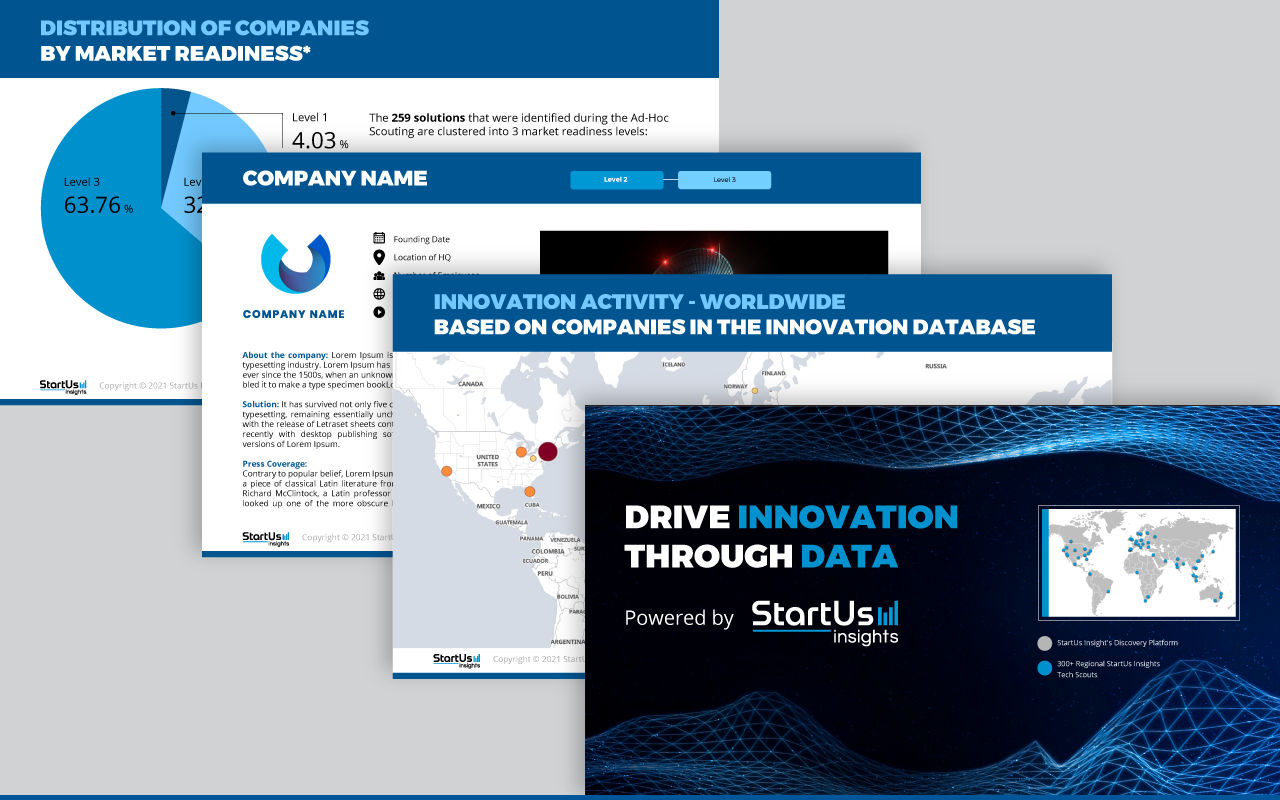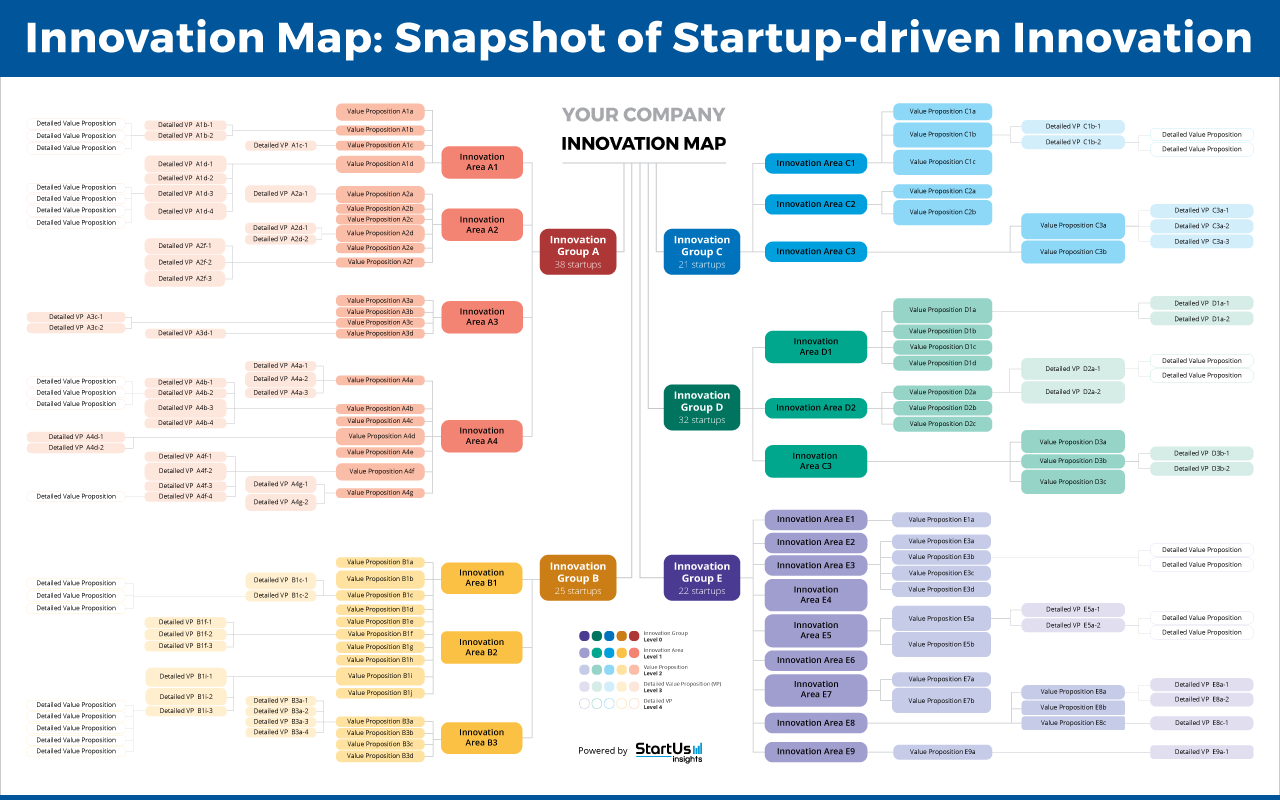Making your business the industry leader is incredibly difficult for many reasons. Of these, one of the most potent forces is the pull that companies chasing the industry leaders face. For users, the wide range of commoditized products in the market are almost always replaceable with each other. By the time one company makes an improvement in its products, others match it, often at lower price points. As a result, companies find themselves spending a large portion of their funds making incremental improvements in their products, services, or processes rather than pursuing disruptive innovations. They are in what is known as the commodity trap.
Businesses these days face fierce competition at a scale that businesses a few decades did not. The reason for this is startups around the world. Even when an innovative product provides a competitive advantage, it’s not long before another product beats it. Consequently, the duration for which an innovation provides a competitive edge has come down starkly. Even industry giants find themselves in the commodity trap, chasing innovative offerings from other companies and emerging startups.
What a Commodity Trap Looks Like
To know how to overcome the commodity trap, it is first vital to understand how the commodity trap works. Below are three forms that it most commonly takes.
The Deterioration Trap
This happens when a competitor, very often an innovative startup, comes up with a product that costs significantly less compared to similar products in the market. If you continue to sell your product at the same price as before, you risk losing a chunk of your customers to this new entrant. If you match their price, you risk bringing the revenue down for the entire segment. New technology is great for customers but can be a death knell for incumbent industry leaders.
There are multiple ways companies can beat this trap. First, conceding low-cost territory to others is an opportunity to establish themselves in the premium category where the profit margins are greater. Think of Apple in the mobile phones market, for instance. Alternatively, finding new segments or markets is a solution too. Supply chain or process innovations can also undermine the advantage of the low-cost competitor.
The Proliferation Trap
Imagine you offer a product that can perform multiple functions. For any such product, there will be a consumer segment that only cares about one or a few of these functions. Emerging startups can target these segments by offering niche products and new business models. This fragmentation of the market brings down the value proposition of your product. Today, when it is easier than ever to start up, all industries are seeing a proliferation of such competing products.
Competing against all of these new entrants tugging away at different aspects of your business is a bad choice. The lack of focus will spread your resources thin. Instead, pick the segments that you’d like to defend and innovate in those areas. Creating new product segments and reinventing your existing products and services are also viable methods to tackle the proliferation trap.
The Escalation Trap
This occurs when large companies stray from disruptive innovation in a frenzy to beat each other in incremental innovations. This arms race between companies forces them to progressively lower their prices, leading to falling profit margins. As consumers keep expecting more for lower prices, the trap keeps pulling profit margins down for all companies.
To beat the escalation trap, disruptive innovation is the only way out. Creating a totally new product or transitioning to new segments puts you at a competitive advantage. By elevating consumer expectations, companies can force their competitors to play catch up. Lastly, and counter-intuitively, companies can harness the trap to cement their leading position. As falling prices increase the consumer base, any company that provides more for the price stands to gain significantly.
How to Evade the Commodity Trap
There are many reasons companies find themselves in the commodity trap. Some of the reasons include an increase in industry-wide production capacity leading to falling prices, strong buyer concentration in certain segments, companies placing more focus on products than innovations, and inefficient sales and marketing tactics.
In his book, Beating the Commodity Trap, Richard D’Aveni writes that “It is possible not just to survive – but to actually thrive – on commoditization. In sum, by using price-benefit analysis and good managerial judgment to anticipate the different commodity traps and opportunities created by them, executives can stay one step ahead.”
Regardless of why you find yourself in the commodity trap, innovation allows you to capitalize on the opportunities it presents. Some of the ways innovation intelligence allows you to identify these opportunities include:
- Create New Segments: Trend Landscaping allows you to identify how technology trends can be applied to enter new segments
- New Product Development: Startup Scouting speeds up product development by identifying innovative startups that you can build, buy, or partner with
- Improve Lead Generation and Conversion: By connecting market intelligence with innovation, innovation intelligence platforms identify process improvements that achieve better leads and conversion rates
Leverage Data to Escape the Commodity Trap
Seeking external innovation is an increasingly reliable method of innovating your way out of the commodity trap. However, there are millions of startups globally working on various new technologies. Finding the right startup to work with or technology to incorporate is a challenge for innovation managers. Data-driven tools analyze firmographic data and other open innovation data to scan the innovation landscape more efficiently.
Based on your needs, we at StartUs Insights offer a range of services enabled by the Big Data and Artificial Intelligence (AI)-powered StartUs Insights Discovery Platform. Some of our deliverables include:
- Startup Programs: Boost startup deal flow through data-driven promotion, direct outreach & storytelling. Reaches thousands of startups & scaleups, making sure you attract the most relevant ones
- Trend Scouting: Identify emerging and latent trends and developments that will impact your company
- Technology Scouting: Reveal emerging technologies that match your innovation goals
- Startup Scouting: Scan over 2,5 million startups & scaleups globally, finding the right partners for your innovation agenda

StartUs Insights provides a range of innovation intelligence services that allow companies to evade the commodity trap.
To discover how innovation allows you to evade the commodity trap, get in touch today!


![AI in Automotive: A Strategic Guide for Industry Leaders [2025-2030]](https://www.startus-insights.com/wp-content/uploads/2025/03/AI-in-Automotive-SharedImg-StartUs-Insights-noresize-420x236.webp)

![AI in Healthcare: A Strategic Guide for Industry Leaders [2025-2030]](https://www.startus-insights.com/wp-content/uploads/2025/03/AI-in-Healthcare-SharedImg-StartUs-Insights-noresize-420x236.webp)




